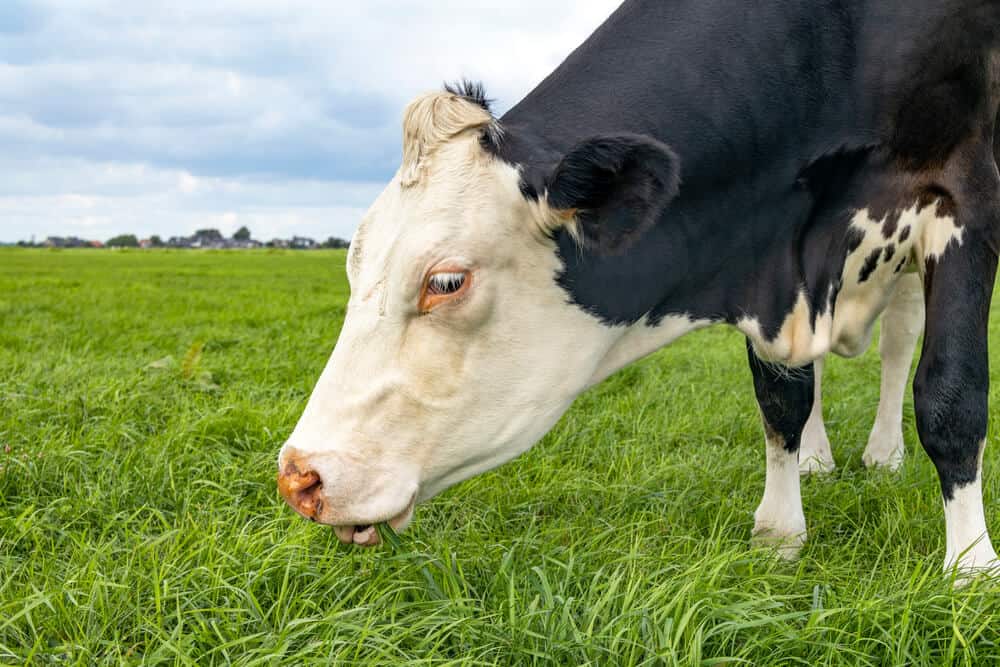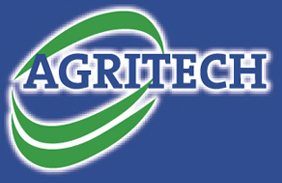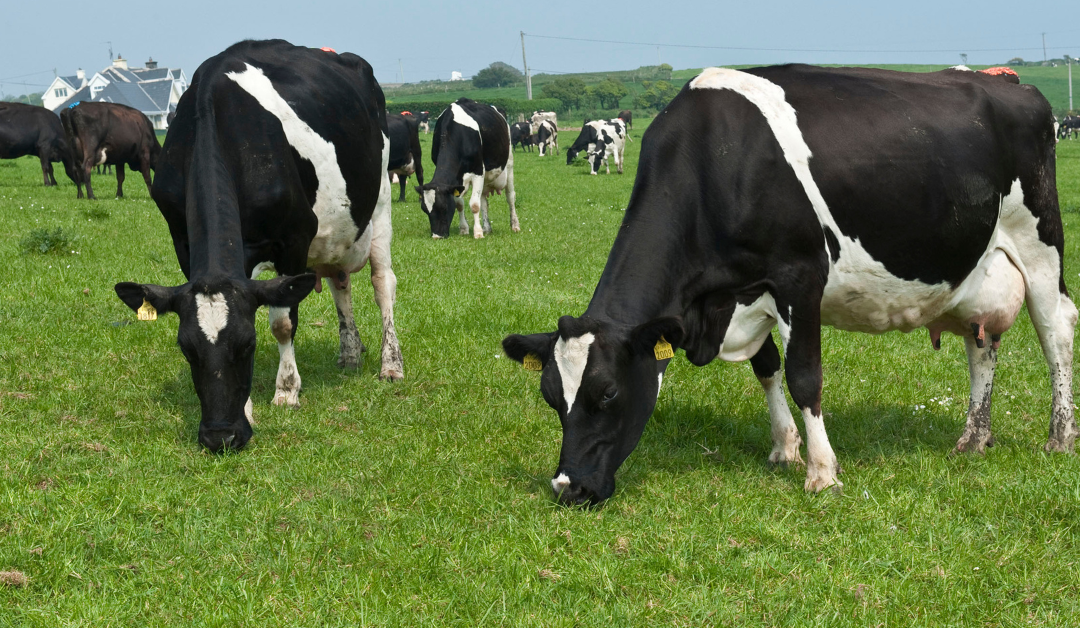No two years are the same. This year, first-cut silages should be of better quality than 2024 and second cuts have yielded well. Winter will inevitably arrive, so a little preparation now can help us make informed decisions.
Year-on-year, grass silages can be extremely variable in nutritional qualities. May weather in 2025 allowed many to take their first cut slightly earlier than in recent years. Before the housed period, it will be important to test the silages available in the yard and plan accordingly.
For dry cows, silage quality will dictate the condition of cows at calving, and dilution/corrective feeding may be required.
The target Body Condition Score (BCS) is typically 2.75-3.0 at dry off and 3.0-3.25 at calving. To achieve this, we aim for a maintenance-type diet over the 60-day dry period. Silage with a DMD of 68-70% will generally suffice.
For thin cows, drying off early is the preferred option. If dried off early (e.g., 10-12-week dry period), cows fed average quality silage (68-70% DMD) should have an increase in BCS of approx. 0.5 units before calving.
For youngstock, feeding rates will also be dependent on silage quality results. If we take the same silage used for dry cows above with our youngstock, offering a silage-only diet, a weight gain of only 0.3kg/day can be expected over the winter from a 70% DMD silage. Approximately 1.5-2kg of concentrate would be needed here to achieve target winter growth rates. Is there a higher quality forage available for youngstock?

Target Body Condition Score (BCS) is typically 2.75-3.0 at dry off and 3.0-3.25 at calving.
Fodder Budget
Conducting a quick fodder budget to highlight reserves or deficits is crucial, and the sooner it’s done, the more options there are to bridge the gap. Having surplus silage on farm is a strong position. Housing could come early, or Spring 2026 may be harsh. Removing surplus grass now improves quality and provides more options later.
For further advice, contact your local Agritech Sales Advisor here.


